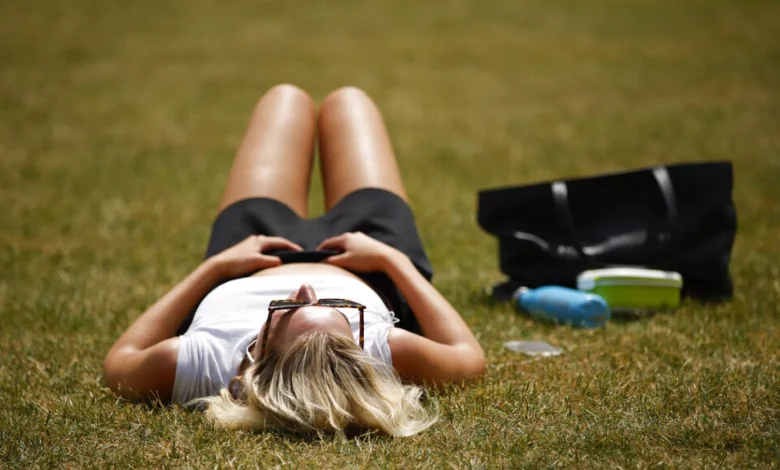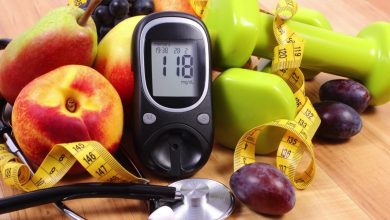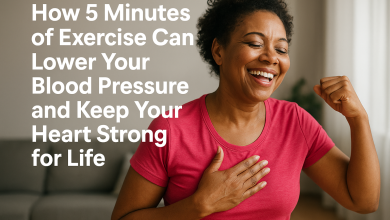Sunburning: The dangerous new TikTok trend experts say may increase your risk of cancer
In an effort to 'cure' acne, several social media gurus are advising beachgoers not to wear sunscreen. Doctors, however, warn that the outcomes might be disastrous.

Health professionals are cautioning individuals against a risky social media fad that promotes not using sunscreen.
An increasing amount of videos on the well-known social media site TikTok claim that being sunburnt could improve your health or even help you get rid of acne.
In the UK, medical professionals at Queen Victoria Hospital have been quick to criticise the viral practice, stating that it may raise the risk of skin cancer.
“Whilst there are health benefits associated with getting enough sunlight, sunscreen should still be used to help reduce your risk of developing skin cancer,” according to a press release.
“The more episodes you have of being sunburnt throughout your lifetime, the greater your risk of developing skin cancer, as well as your skin prematurely ageing” .
“The impact of this trend could be far-reaching,” they stated.
The hospital notes that “the number is increasing year on year” and serves about 700 people annually for sunburn.
The ramifications of this fad, according to doctors, could last for years, which means that “TikTok followers may well develop skin cancer in years to come.”
Clinical director of Queen Victoria’s Plastics and Burns Services Sam Orkar notes that melanoma is the sixth most prevalent cancer type and is becoming more common in the United Kingdom.
“There are safer ways to treat acne than putting yourself at risk through unprotected sun exposure” , he stated.
What is melanoma and what are the most common symptoms?
One kind of skin cancer that can spread to other organs is called melanoma. The most frequent cause is ultraviolet radiation, which is derived from sunrays and is also utilised in sunbeds.
Individuals with pale skin, a high number of moles, and those connected to a family with a history of skin cancer are at an increased risk.
The easiest way to track the possible development of melanoma is to look for moles.
Moles with uneven edges or shapes, or even ones that combine two or more colours, are the most prevalent symptoms.
Melanomas typically measure larger than 6 mm in width, whereas moles are typically smaller. A melanoma could also be a mole that changes in size, form, or colour, according to the UK’s National Health Service.
Getting your moles checked at least once a year is advised by doctors.
Which EU countries have the highest melanoma rate?
In 2022, the International Agency for Research on Cancer projected that there will be more than 1.5 instances of skin cancer worldwide.
Denmark has the highest estimated incidence of melanoma in the European Union (number of cases per 100,000 individuals), with a higher incidence rate in northern European nations.
- Denmark 50.3
- Netherlands 48.0
- Sweden 42.4
- Finland 35.7
- Germany 34.8
- Slovakia 33.6
- Ireland 33.9
- Belgium 29.2
- Luxembourg 24.8
- France 24.7
The EU average is 22.8.
Dermatologists on TikTok raise the ante on false information about sunburn
Due to the proliferation of false information about sunburns, some dermatologists have taken to TikTok to refute the falsehoods.
In a video aired on the social media platform, dermatologist Katie Belzenay stated that “the risks of UV exposure outweigh any potential benefits,” even though “there might be potential short-term benefits to the tanning with your acne,” such as having less oily skin and better-disguised acne spots.
Furthermore, she notes that extended and severe sun exposure can aggravate post-acne markings, induce erythema, or redness of the skin, and hyperpigmentation, a condition in which certain parts of the skin are darker than others. These concerns are not limited to melanoma.




